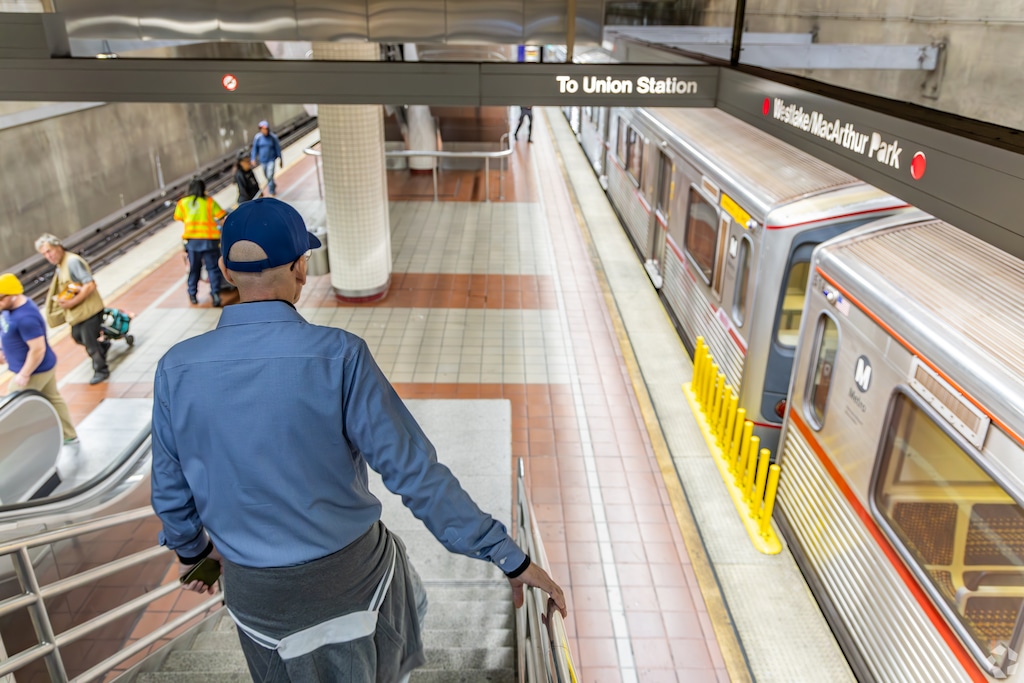A new law in California that aims to boost density near public transit hubs may reshape some historically single-family neighborhoods in eight of the state's largest counties.
On Friday morning, Governor Gavin Newsom signed the legislation, known as State Bill 79. His approval comes after state lawmakers introduced the bill in January.
The bill overrides local planning and zoning rules, allowing developers to build up to nine-story residential buildings next to subway stops. Seven-story buildings will be permitted within a quarter mile of designated transit hubs, and six-story buildings will be allowed within half a mile.
The law applies to counties with at least 15 passenger rail stations, including Los Angeles, Orange, San Diego, Alameda, San Francisco, San Mateo, Santa Clara and Sacramento.
Since its introduction, the bill has been hotly debated by lawmakers and residents.
While supporters of the bill tout its benefits for housing affordability and supply, some Californians have pushed back on higher-density housing — especially after the devastating wildfires that tore through Los Angeles earlier this year — and argued that the bill is a boon for developers, not residents.
Residents raise concerns over neighborhood changes
The neighborhood association representing Los Angeles' Windsor Square called the bill a "punitive, antifamily" law in an August letter sent to lawmakers and published in the Larchmont Chronicle.
"SB 79 is drafted to create profitable (to developers) multifamily housing in current single-family blocks," the letter read. "It does not address the need (that our community and association support) for affordable housing."
The opposition isn't just in Los Angeles. Livable Mountain View, a group representing residents of the city in Santa Clara County, said in a September letter that they were concerned about the bill's lack of historic protections.
"This proposed legislation is still deeply flawed," the letter posted to their website reads. "SB79 would allow buildings which are seven stories or higher to be constructed immediately adjacent to buildings on our local historic register, destroying the look and feel of a unique historic retail district. Cities with historic districts near transit up and down the Bay Area Peninsula will be similarly impacted."
Lawmakers include certain provisions
The law includes provisions allowing cities and counties to create their own "alternative plans tailored to their communities or build on existing local policies" as long as they maintain the base capacity required by the new bill, according to Newsom.
The bill will also not impact rebuilding efforts in the burn zones from the Palisades and Eaton fires, the governor said, noting that the legislation includes safeguards for fire-prone areas.
“SB 79 is a historic step toward tackling the root cause of California’s affordability crisis — our profound shortage of homes and too few people having access to transit,” state senator Scott Wiener, who introduced the bill in January, said in a statement Friday. “In California, we talk a lot about where we don’t want to build homes, but rarely about where we do — until now."

